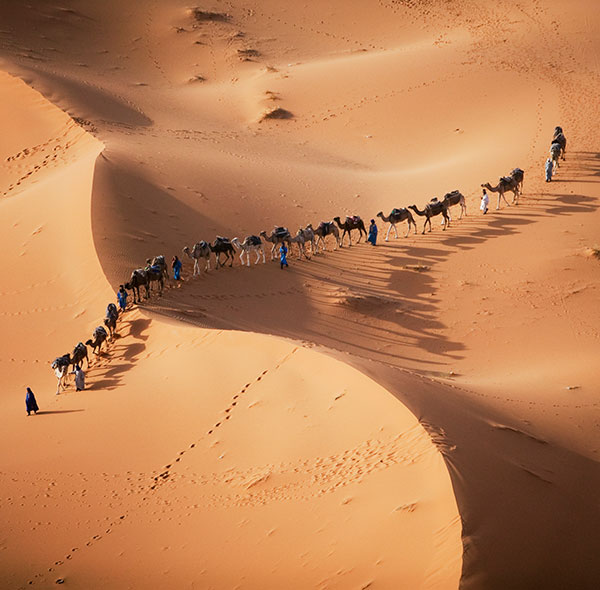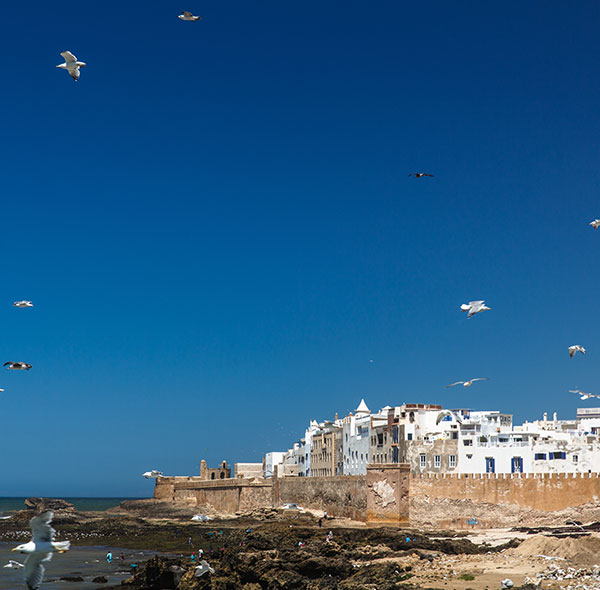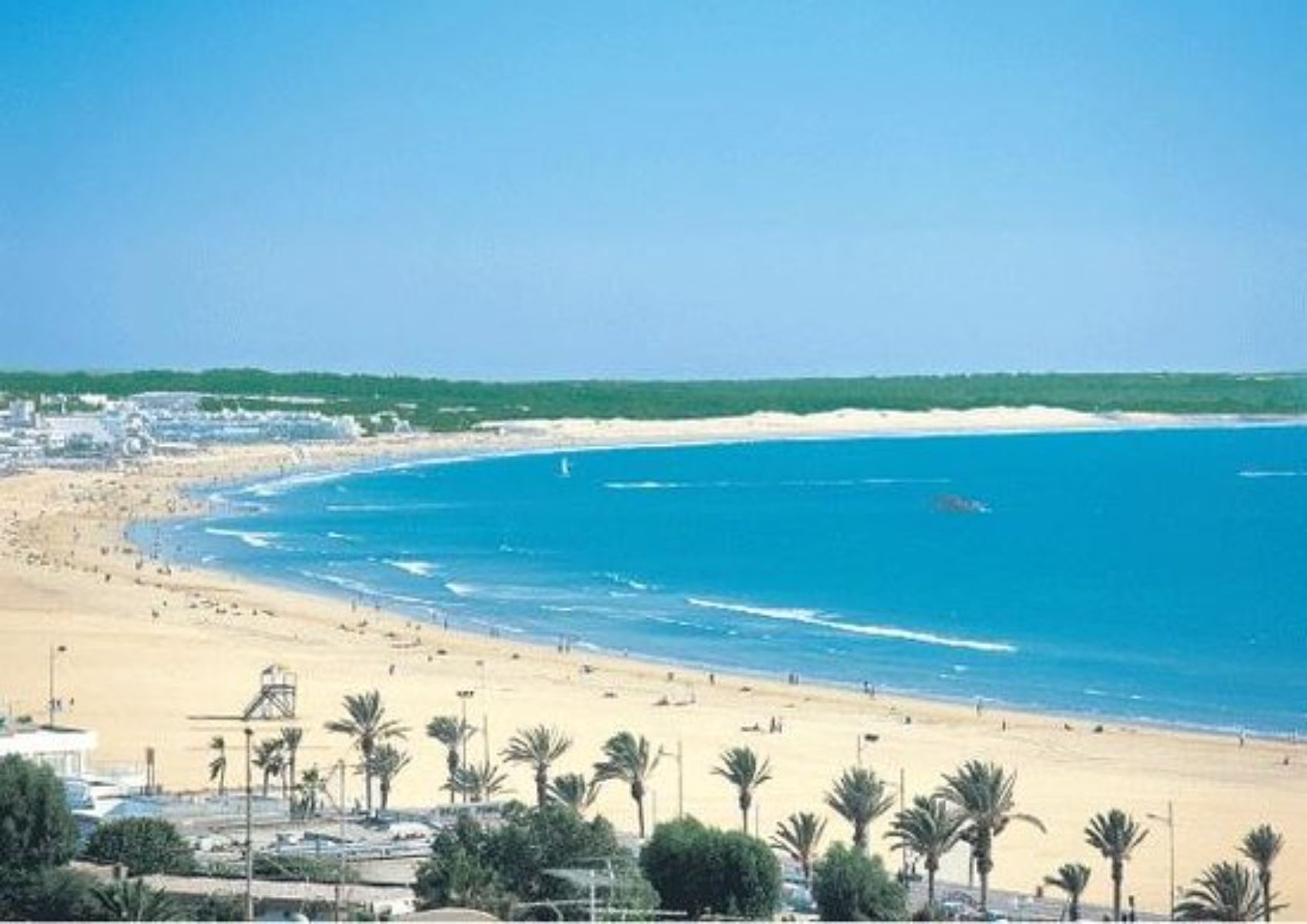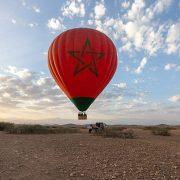
Weather in Morocco
What to Expect in December and February
If you’re wondering what the weather is like in Morocco, read on to learn about December weather. You’ll also discover what to expect in November and February. While it’s never a good idea to visit Morocco in December, it’s always safe to avoid the coldest months and pack accordingly. It’s important to be aware that the Moroccan climate varies greatly from region to region, so you should expect anything from rainy days to hot and humid conditions.
Weather in Morocco December
For those who are planning a trip to Morocco in December, you may be wondering how the weather will be. It is known to have a moderately warm climate throughout the month, and in the coastal towns, the temperatures are slightly cooler. In general, you can expect the morning temperatures to be mild, with some sunny days. In general, Morocco’s December weather is pleasant, with temperatures ranging between +17 and 19 degrees.
Despite the lower temperatures in December, there is plenty to do during your holiday. The low temperatures make it possible to enjoy many outdoor activities, including hiking and sightseeing. During this time, you can explore Morocco’s historic landmarks with reduced crowds. Visiting museums and absorbing its culture and nature can be a rewarding experience as well. There are a wide range of activities to choose from and a holiday in December is sure to be memorable.
Although December is the coldest month of the year, there is still plenty of sunshine and a warm average temperature of between 14 and 20 degrees. Depending on where you travel, rainfall in this month will be more plentiful. Even though temperatures will be cooler in the coastal resort towns, the average temperature in these towns is still comfortable for outdoor adventures. High-altitude areas will likely have snow, so make sure you pack a wetsuit and warm clothing if you’re planning on skiing.
Weather in Morocco in April
Despite the warmer temperatures during the day, the weather in April in Morocco can be chilly at night. The Sahara desert can be a bit chilly at this time of year, and the Atlas mountains will receive an average of 35mm of rain. Regardless of the location you choose to visit in Morocco, you should pack several layers of clothing. Depending on where you are traveling, temperatures can drop as low as 12degC.
If you’re going to visit Morocco in April, make sure you check the weather forecast. Generally, the weather is sunny and warm. Expect temperatures to reach up to 24degC in some areas, but you’ll find temperatures a bit cooler on the coast. The average maximum temperature in April is between 16degC and 20degC in Dakhla and Tangiers. In Marrakech, you can expect to enjoy an average high of 24degC and a minimum of 12degC.
Temperatures in Morocco are relatively mild, but there are several distinct areas with extreme temperatures. Visiting the Sahara region during the summer months will bring you extremely hot temperatures, while major cities are relatively cool. It is also hot in the southern parts of the country, especially in the Sahara. You should also consider the type of activities you want to do while in Morocco. You can find the best time to visit different parts of the country depending on the time of year.
Weather in Morocco in November
Moroccan beaches may not be ideal for relaxing in the traditional sense of the word, but a holiday in November should be enjoyable nonetheless. November temperatures average 15degC, while the ocean temperature remains at a pleasant 19°C. Beaches in the coastal regions of Tangier and Agadir enjoy the highest number of sunny hours (about nine hours daily), and average temperatures of 20 degC. However, the temperatures are hardly comfortable for swimming.
The weather in Morocco in November is generally pleasant for most of the country. Daytime temperatures in the northern cities can reach as high as 27degC, while daytime temperatures in the south and east are much lower. In most places, temperatures fall to between 18degC and 23degC, though coastal areas may experience lows of only 13degC. So, a November holiday in Morocco should be pleasant, even if the temperature can feel a little cool and rainy.
Overcast conditions are the norm in November in Marrakesh, where the percentage of cloudy days is 38%. The only exception to this rule is the day with the highest percent of clear skies (58%) – November 30. A dry day will be an exception, though, as rain and snow are also common. The average daily temperatures and nighttime temperatures are not much different from those of Marrakesh and other Moroccan cities.
Weather in Morocco in February
The average weather in Marrakesh in February is largely cloudy. Three-fourths of the month is overcast or cloudy. The clearest day of the month is February 2, with a 67% chance of clear skies. In comparison, October 30 and July 18 are the cloudiest days of the year in this city. The following is a chart illustrating the average temperature in Marrakesh in February.
Temperatures in northern Morocco tend to be cooler in February than in other parts of the country. This area is also further inland, where the Mediterranean and Atlantic influence fade away. This means that the climate in northern Morocco is much more continental. Fez is the largest city in the northern part of Morocco, where temperatures are moderate and winter evenings are cold. A winter in Fez is warm, though it can get very chilly.
The temperatures in the southern part of the country are slightly warmer than the rest of the country. On a typical day, temperatures are around 20degC, which is higher than UK weather. Evening temperatures are around six degrees. Nevertheless, you should always bring some warm clothing and wear a light jacket if you’re planning on trekking in the Atlas Mountains. The temperature in these areas is relatively constant compared to other cities in the country.
Weather in Morocco in March
Moroccan temperatures are quite variable throughout the country, with some regions experiencing a cooler climate than others. For instance, the Atlantic Ocean cools coastal cities such as Rabat and Casablanca, while the climate in the north tends to be Mediterranean in nature. Consequently, summers are typically cool, with temperatures reaching around 30degC. Winters, on the other hand, are usually mild, with temperatures in the low 20s. Of course, the weather in coastal areas is generally warmer than those in the interior.
Moroccan weather in March is pleasant, with daytime temperatures reaching 22°C and nights falling to 12°C. It is also one of the driest months of the year, although rainfall will be lower in coastal areas. It is also a good time to visit a beach, as coastal temperatures tend to be lower, and the humidity will be significantly lower. While the weather in Morocco in March may not be the most enjoyable for beachgoers, it is still worth visiting for its incredibly beautiful landscapes.
Weather in Morocco in October
Traveling to Morocco in October should be a breeze. Temperatures are comfortable and the rainfall is low. While temperatures in the coastal cities tend to be warmer, the weather is still Mediterranean. The city of Agadir has a year-round temperature of 28oC, and eight hours of sunshine a day is common. You can also spend some time on the beach during this time. But don’t expect it to be as warm as the rest of the country!
While the weather remains hot and dry throughout the country, it starts to cool off in the mountains. If you’re planning a beach trip, October may not be the best time. The weather is still pleasant for most destinations, though the southern destinations can be a bit cloudy. For a cultural trip, October is a great time to visit the Atlas Mountains. Although temperatures are a little cooler than the coastal cities, they’re still great for sightseeing.
Weather in January
If you’re planning a trip to Morocco in January, you’ll need to know how to dress for the climate. The maximum temperature in January is 67degF and the minimum is 50degF, which make the climate more bearable if you dress appropriately. Morocco’s temperatures can fluctuate a lot, ranging from high 60s in the Atlas Mountains to low 40s in the desert. January is also the wettest month of the year, with rain often chilling travelers to the bone. There is also a chance of snowfall in the mountains, so you’ll want to wear your sunscreen!
Luckily, the weather in Morocco during January isn’t too cold! You can enjoy sightseeing tours in inland cities and get out into the Sahara Desert. And while you’re at it, take advantage of the full winter sports season in the High Atlas Mountains by heading down to the coast. The mild climate of January in Morocco allows for much less foot traffic than in other months, so you’ll be able to get around without a lot of hassle.
Weather in May
If you’re planning a trip to Morocco, you should know that it can get very hot in the country’s major cities. The best time to visit is in the spring, when temperatures are pleasant and moderate throughout the country. May weather in Morocco is perfect for tourists who want to explore the country’s stunning landscapes without feeling suffocated by the oppressive heat. Whether you’re heading to the Sahara or the Atlantic coast, the climate is perfect for both.
The amount of rainfall in May decreases as the summer season approaches. Over a five-day period, you’ll have a 24-mm chance of rain. In Marrakesh, the best time to visit is May 31, when the chances of rain are the lowest, while the best days are July 18 and November 24. The rainfall accumulation for each month is plotted on a 31-day period. In May, there are few cloudy days, which are ideal for sightseeing.







